

For the most part, action dungeon-crawler games are easy enough to understand and play: beat small monsters up and level up; beat stronger monsters up then level up; but if you’re the one who gets his butt owned then go back to picking on the little ones before challenging the big boys and level up some more. That’s why some of these type of games tend to be cakewalks—unless were talking about 7th Saga or something similar then that’s a whole different matter. But Tales of Innocence begs to differ.
Tales of Innocence (ToI) is a Japanese RPG from Bandai Namco. It is also the ninth mother-ship title of the Tales series, and is the first one to be ported unto the Nintendo-DS. It’s a bit like your usual action slash dungeon-crawler save for a better and more dynamic battle system than most, and the addition of a strategy menu.
You may survive in other games with nothing more but basic level-grinding and buying better equipments, but if you do that with ToI and shun its strategy menu then it’s going to stand up on its hind legs and wipe the floor with your face. Trust me on this one.
But before I get to explaining more, how about I introduce you guys to the characters first? Don’t worry they don’t bite. Well, maybe only Coda would but none of the others are going to take a taste-test out of you. Then again, come to think of it maybe Iria and Spada just might do something, or maybe Hermana… well, moving on…
THE CHARACTERS
Luca Milda: His weapon of choice is a Great Sword. Yeah, those big ones people like Cloud from Final Fantasy like using. And maybe it has something to do with the type of weapon he uses or the fact that he’s Asura in his past life but this boy deals a great amount of damage. But the problem with little people carrying equipment twice their size is that Luca has low speed and agility compared to the rest. Even his artes are slow in starting up and tend to be short-lived, killing your chances for longer combos.
Iria Animi: Her weapons of choice are Twin Pistols. With such equipment, you can be assured with her speed and chances of racking combo points, though her attack power may not be the best. On the other hand, as a long-ranged fighter, keeping her distance from the enemy would not be a problem meaning it’s more likely that the other characters will get killed off first before her, just saying. Plus, her initial artes include First-Aid, and you get Recover and Heal early on when levelling up.
Spada Belforma: His weapons of choice are Twin Blades. Plus points for him since he deals both decent damages and hits; you get to kill your enemy fast and rack up some combo points in the process. He proves to be good in both ground and aerial fights too, making him a great option for when taking on the boss monsters. My only dislike for him is when he talks when starting a battle.
Ange Serena: Her weapons of choice are Knives/Daggers, the kind. And if I were to describe her attack style, I’d say she’s probably of the thief slash mage class hybrid—which is sort of weird because she’s a member of the Church. Though to be honest, her attacks don’t do a lot of damage anyway even if she does hit a lot, and she dies easily for the most part when under-levelled. But her artes, especially her support-type artes like Heal, Cure, Recover, and Revitalize are wonderful to have. And she can steal items from the enemies, too—like I said, weird.
Ricardo Soldato: His weapon of choice is a Long Hand-Gun. He’s basically another powerhouse character like Luca. Besides the long-range advantage of his weapon and decent attack damages, he also has a LOT of stun-lock and support-type artes. Unfortunately, he’s not very friendly when being used, not to mention the lack of combo combinations. But overall, he’s wonderful to have in the battlefield.
Hermana Larmo: Her weapon of choice is…none. She’s a fist-fighter meaning you need to get very close to the enemy more than you would with the rest of the team. So precision and reflexes is a must for when using Her in battle. But don’t worry, she makes up for it with her superb artes. And I think it has something to do with the fact that she was the dragon, Vrtra, in her past life but she can use spells in all 6 elements as well as deal massive damage and stun-locks. Watch out though, she can only take on only a little more damage than Ange can.
---------------------------------------------------------------------------------------------------------------
Well, basically that’s all there is to the characters themselves save for Coda since all he does is ask for food, bug other people for food, sleep, and ask for more food. He doesn’t even make an appearance in battle, like an artes Iria could use or something since he is her pet after all—or maybe I play too much twewy. No such luck though.
Now off to explaining more about Strategy…
THE STRATEGY MENU
There are two things you have to understand about using the strategy in Tales of Innocence: the basic and priority patterns. You see, you get to have up to three characters at a time in battle but you don’t control them all at the same time—unless you can plug in two more controls to your DS and have another two pairs of arms then be my guest.
Basic Patterns are sort of commands to the other two characters you’re not controlling (take note that you can change between characters when in battle). These will simply dictate the overall movement pattern of a particular character. There are 7 kinds of basic patterns to choose from: custom, all-out, nearby, ranged, support, defend, and save.
Custom: a default pattern, nothing exceptional here really.
All-Out: the character turns into a rampaging beast, the likes you kept on attacking, and deals blow after blow relentlessly; mostly uses only basic attacks and physical artes.
Nearby: takes priority in attacking the nearest monster.
Ranged: attacks from afar with a long-ranged weapon or artes.
Support: prioritizes the welfare of others, like healing.
Defend: doesn’t attack much and defends more often.
Save: acts up when you’re in a pinch.
Priority Patterns on the other hand can subsede the basic ones. This means that if Spada is going on a rampage with All-Out, if he has the priority pattern “Avoid enraging enemies” then he’ll stay clear of them a while. Make use of this to its maximum potential especially with certain boss battles. *ahem*chien*ahem*
There are a lot of priority patterns you can use but most of them you need to purchase from Guilds in exchange for Grade. All I can say is take priority in buying support and recovery type patterns, along with the attack-type “Target the same enemy”.
Another thing to take note is Positioning. On the screen you’ll see about 9 tiles and icons of your characters that are ready for battle in 3 of those. On the right of that is a column of snake icons. By positioning your icons in relation to the snakes (since you can only have up to 3 enemies at a time because you can only use 3 characters at a time anyway), is what you get at the start and through-out a battle. So if you placed Ricardo in front of one of the snakes, then he’ll only be able to use his rifle to hit melee attacks and not ranged—unless you gave him the ranged basic pattern.
Anyway, it would probably be best, for normal battles, to have a healer, ranged-attacker, and melee-attacker. On certain boss battles though, it may save you to change your line-up. Like for Chien, Cer and Ber, it’d be best to have either speedy characters or long range attackers. And lastly, since this is what I usually do with all of my games, SAVE constantly!!
- rune[things my mom said i wasted my time with]
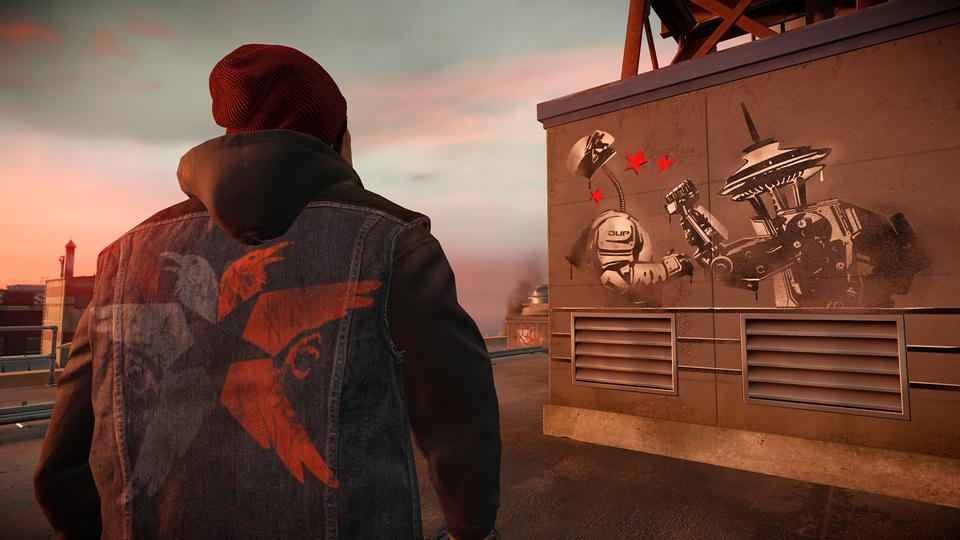
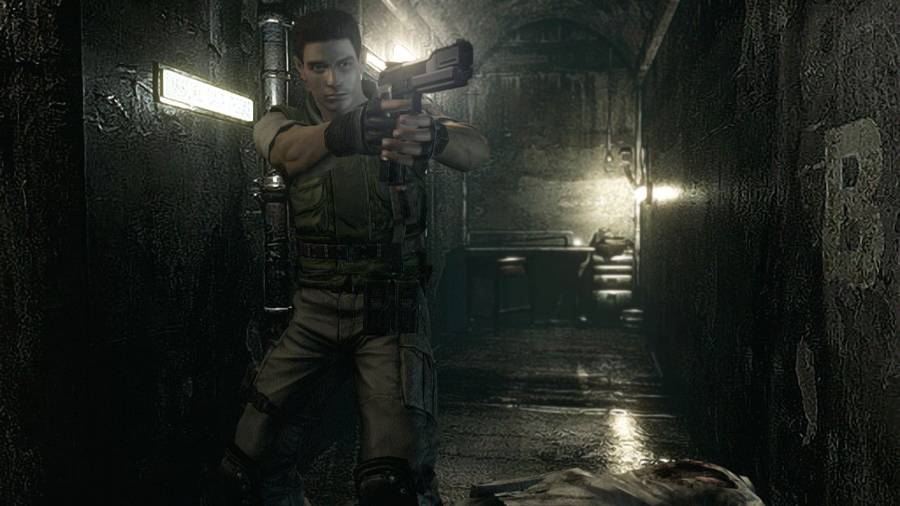
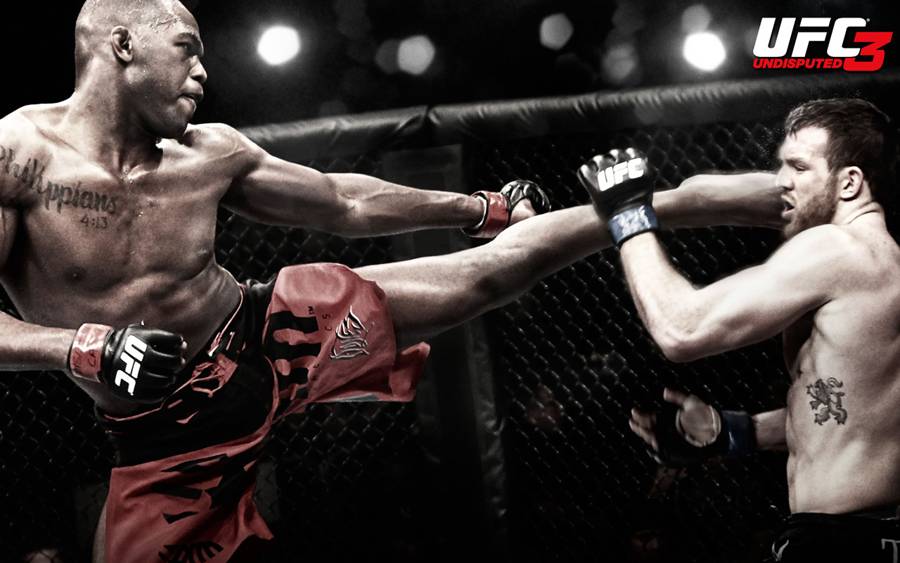
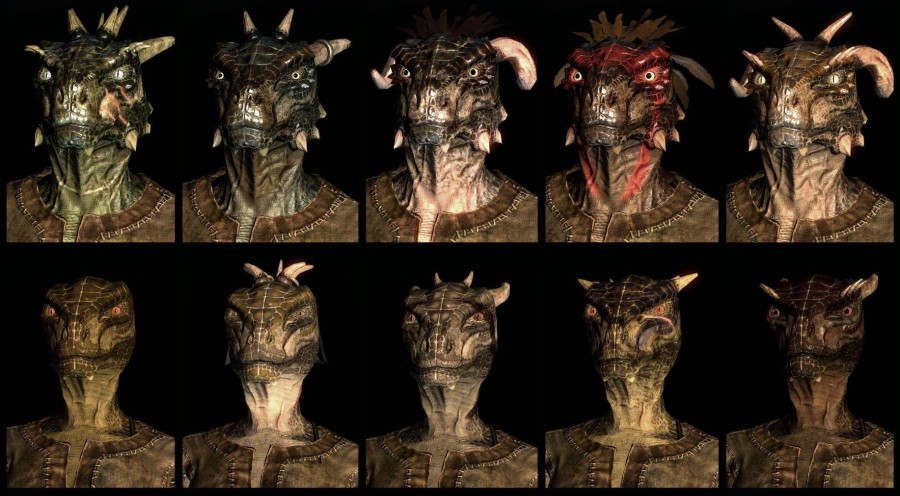
 No Souls Were Sold: An Insider Perspective on EAs BioWare
No Souls Were Sold: An Insider Perspective on EAs BioWare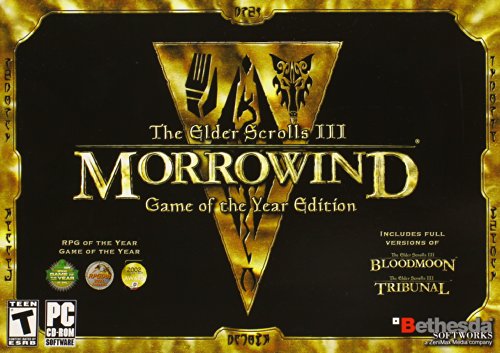 Expand Your Elder Scrolls III: Morrowind Gaming Experience with the Mod Tamriel Rebuilt
Expand Your Elder Scrolls III: Morrowind Gaming Experience with the Mod Tamriel Rebuilt The Best Decks for Hearthstone: Goblins Vs Gnomes
The Best Decks for Hearthstone: Goblins Vs Gnomes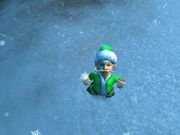 Why World of Warcraft isnt getting a facelift any time soon
Why World of Warcraft isnt getting a facelift any time soon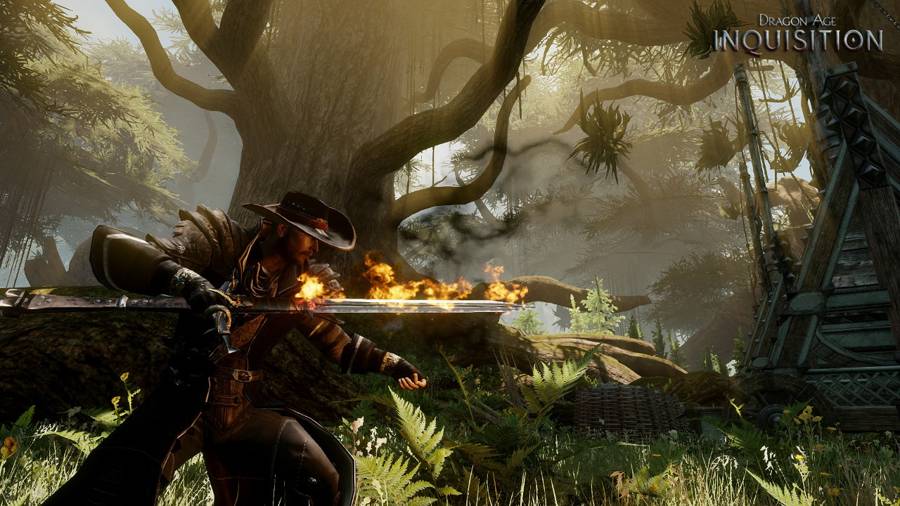 Dragon Age Inquisition: Skyhold Side Quest Guide
Dragon Age Inquisition: Skyhold Side Quest Guide